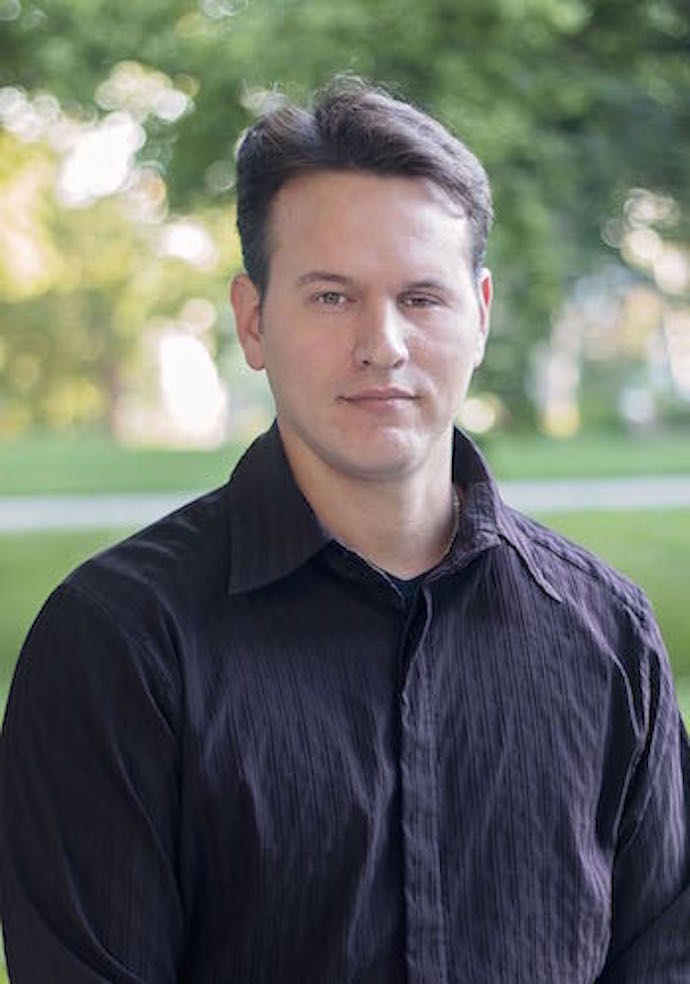Dr. Ray Asebedo is a former assistant professor of precision agriculture at Kansas State University and consultant for Topcon Agriculture. He focuses on the development of agronomic algorithms and IoT to enable farmers to utilize optical sensor technologies for nutrient management in corn, soybeans and wheat.
Today, Asebedo discusses the motivation behind the momentum for optical sensing technology in strip-till
Looking at agriculture today and why optical sensor technology is so important, there are things to consider. We have diverse cropping systems we're trying to develop optical sensor technologies into.
Whether we're in Kansas, or Wisconsin, or anywhere across the Midwest or the globe, there's many approaches to farm management that can be used to optimize production within a local environment. Those are kind of the little cues that — in a human agronomist — develops over time, after working in a farm for a considerable amount of his or her life.
This requires our optical sensor technology development to be modular. It has to be able to adapt to the specific cropping system that it's being applied to, whether it's strip-till, no-till or ridge-till. There's a number of different types of tillage programs and management programs that these sensor technologies will have to be able to adapt to.
One of the reasons why there's been so much interest in optical sensor technologies, or in sensor technology as a whole in precision agriculture, is the increasing input costs, and how they're creating tighter margins, making it more difficult to be profitable on the farm.
Hear more from Dr. Ray Asebedo in our Strip-Till Farmer podcast series, sponsored by Topcon Agriculture.






